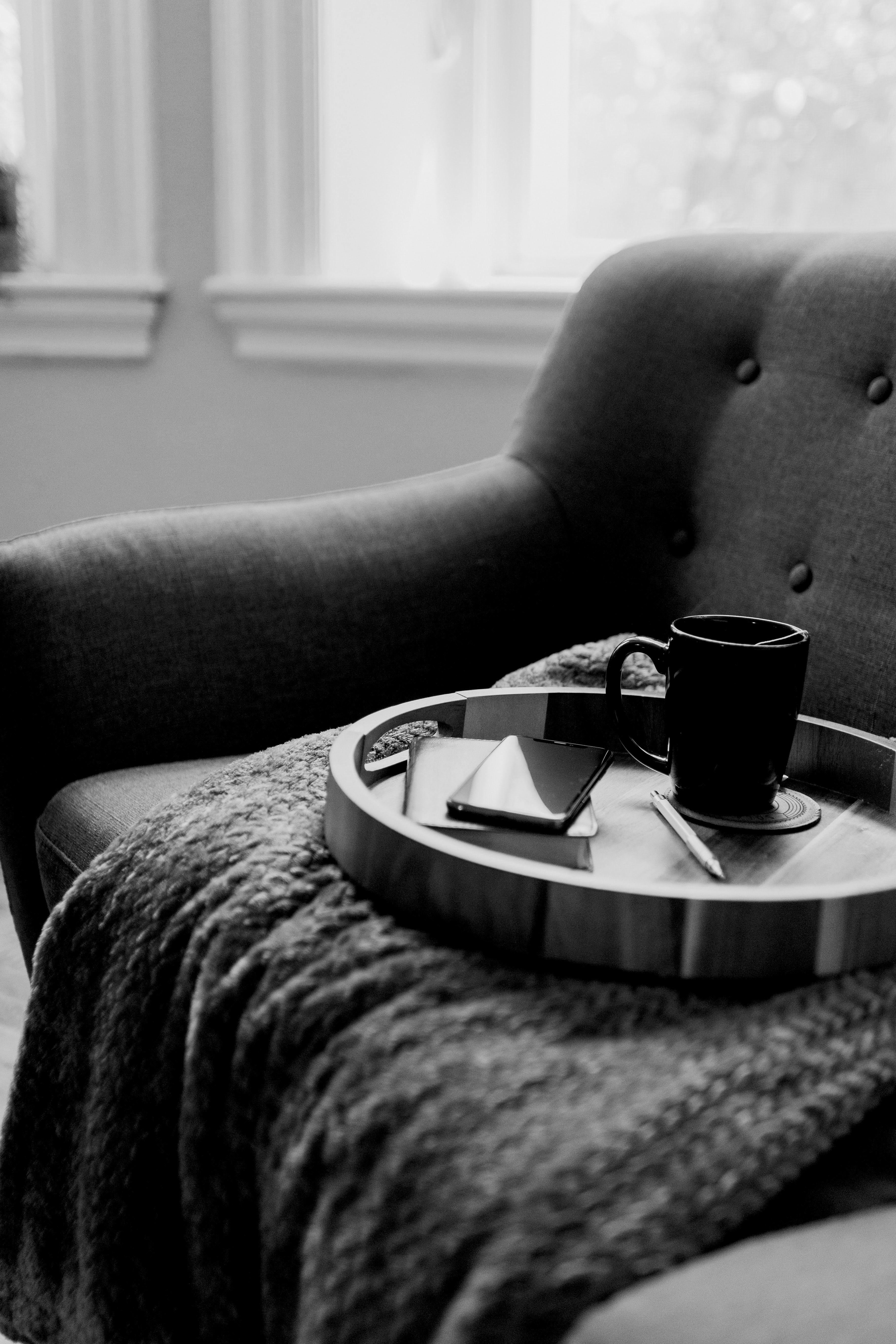
1 minute read
Logos
from South and Twenty
Appropriate Usage
The minimum clear space is defined by the “W” shape. This minimum space should be maintained as the logo is resized proportionately.
The logo should never appear smaller than 0.95” tall to maintain legibility.

Unacceptable Usage
A few rules are necessary for maintaining the integrity of the brand. Don’t compromise the overall look of the logo by rotating, skewing, or distorting in any way - that includes adding unnecessary and unattractive test decorations like drop shadows and outlines. Here are a few examples of some ways you should never ever consider using the logo.



A. Do Not Use Any
Unapproved Color
B. Do Not Rotate the Logo
C. Do Not Stretch or Skew
D. Do Not Add a Drop Shadow
E. Do Not Outline
F. Do Not Add Elements in the Clear Space




Secondary
A secondary logo is designed to suit spaces where your primary logo doesn’t fit correctly. Secondary logos are often the opposite to a primary logo. For example, if your primary logo is stacked and creates more of a square shape, your secondary logo will be horizontal, creating a rectangular shape - and vise versa.

Brandmarks
Your brand marks are your primary and secondary logo’s best friend. They represent your brand/ community, but in a more abstract way. Brand marks don’t necessarily need to feature your full business name. They can be as simple as an icon or tagline.





Photo Usage
The logo can be used in full color, all white, or all black. It can also sit handsomely on top of great photography, but be sure to place the logo on areas that have high contrast with the design. Do not obscure details of the photograph, such as faces or objects.









